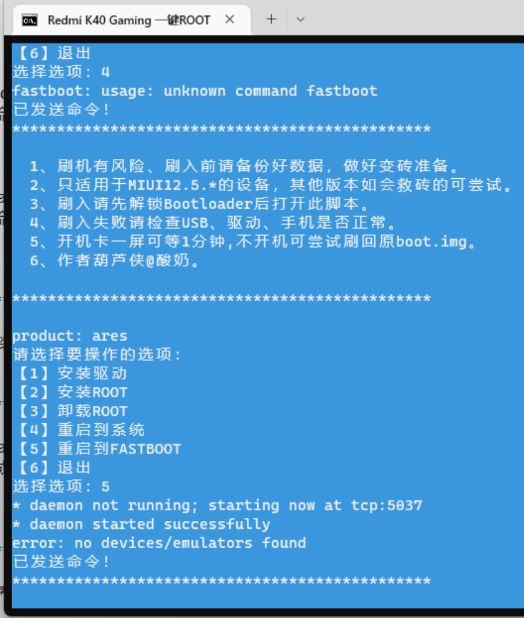linux与android的区别吗?
有以下三点区别:
1、Android没有本地窗口系统,而linux是有X窗口系统。
2、Android没有glibc支持,而Linux是有glibc支持的。
3、Android是有自己专有的驱动程序。
虽然Android基于Linux内核,但是它与Linux之间还是有很大的差别。
推荐:《linux教程》

扩展资料
Android专有的驱动程序
1、Android Binder 基于OpenBinder框架的一个驱动,用于提供 Android平台的进程间通信(InterProcess Communication,IPC)功能。源代码位于drivers/staging/android/binder.c。
2、Android电源管理(PM) 一个基于标准Linux电源管理系统的轻量级Android电源管理驱动,针对嵌入式设备做了很多优化。源代码位于:
kernel/power/earlysuspend.c kernel/power/consoleearlysuspend.c kernel/power/fbearlysuspend.c kernel/power/wakelock.c kernel/power/userwakelock.c
3、低内存管理器(Low Memory Killer) 比Linux的标准的OOM(Out Of Memory)机制更加灵活,它可以根据需要杀死进程以释放需要的内存。源代码位于 drivers/staging/ android/lowmemorykiller.c。
4、匿名共享内存(Ashmem) 为进程间提供大块共享内存,同时为内核提供回收和管理这个内存的机制。源代码位于mm/ashmem.c。
5、Android PMEM(Physical) PMEM用于向用户空间提供连续的物理内存区域,DSP和某些设备只能工作在连续的物理内存上。源代码位于drivers/misc/pmem.c。
6、Android Logger 一个轻量级的日志设备,用于抓取Android系统的各种日志。源代码位于drivers/staging/android/logger.c。
7、Android Alarm 提供了一个定时器,用于把设备从睡眠状态唤醒,同时它还提供了一个即使在设备睡眠时也会运行的时钟基准。源代码位于drivers/rtc/alarm.c。
8、USB Gadget驱动 一个基于标准 Linux USB gadget驱动框架的设备驱动,Android的USB驱动是基于gaeget框架的。源代码位于drivers/usb/gadget/。
9、Android Ram Console 为了提供调试功能,Android允许将调试日志信息写入一个被称为RAM Console的设备里,它是一个基于RAM的Buffer。源代码位于drivers/staging/android / ram_console.c。
10、Android timed device 提供了对设备进行定时控制的功能,目前支持vibrator和LED设备。源代码位于drivers/staging/android /timed_output.c(timed_gpio.c)。
















